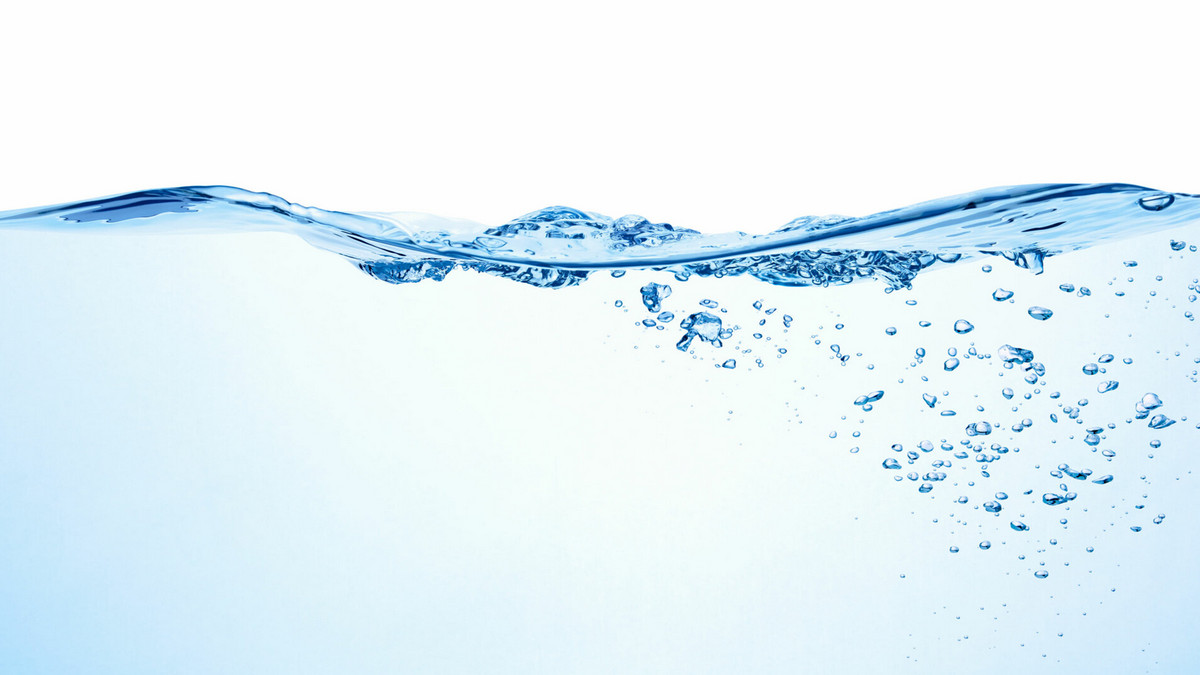Polyethylene (PE) tubing plays a crucial role in ensuring the safe and efficient transfer of water within RO filtration systems. Recognized for its durability, flexibility, and resistance to contaminants, PE tubing has become a preferred choice for both residential and commercial water purification applications. PE Tubing is used in RO Systems for nearly all water connections including inlet, membrane, storage tank, faucet, and drain line tubing. The benefits, types, materials, manufacturing process, and best practices for using RO filter system PE tubing are extensive.
Benefits and Applications
PE tubing for RO filter systems offers numerous advantages that make it an optimal choice for water filtration setups.
• Chemical Resistance: PE tubing is resistant to chemicals and contaminants commonly found in water filtration systems, preventing leaching and maintaining water purity.
• Flexibility and Durability: The tubing remains flexible yet strong, ensuring it can be easily routed without kinking or collapsing. It is easy to cut and install, making it user-friendly for both professional installers and DIY enthusiasts.
• High-Pressure Tolerance: Designed to handle varying water pressures, PE tubing ensures a steady and safe water flow.
• Food-Grade Safety: PE tubing is manufactured from food-grade materials that meet international safety standards for potable water use. Many PE tubing products meet FDA and NSF standards for potable water applications.
• Temperature Resistance: RO filter system PE tubing can withstand a wide range of temperatures, making it suitable for different filtration environments.
Beyond RO systems, PE tubing is widely used in beverage production, ice machines, aquariums, medical applications, and laboratory water filtration systems.
Types of PE Tubing
RO filter system PE tubing is available in various types based on diameter, pressure rating, and material grade. Common types include:
Standard PE Tubing: This is the most common type, used for general water filtration applications. Designed for low-pressure residential RO systems, this tubing is lightweight and easy to install.
High-Pressure PE Tubing: Used in commercial and industrial RO systems where water pressure demands are higher.
Colored PE Tubing: Available in different colors to distinguish between various water lines, such as inlet, outlet, and drain lines, for ease of maintenance and prevents cross-contamination.
Material Composition and Qualities:
RO system PE tubing is primarily made from linear low-density polyethylene (LLDPE) or high-density polyethylene (HDPE). These materials are chosen for their:
Non-reactivity: Preventing chemical interactions with purified water.
Smooth interior surface: Reducing resistance and preventing bacterial growth.
UV resistance: Ensuring long-term durability in systems exposed to light.
Manufacturing Process
RO filter system PE tubing is produced using virgin-grade PE resin and advanced manufacturing techniques to ensure purity and compliance with stringent food safety and durability standards, including NSF/ANSI certification for drinking water applications.
The extrusion process begins with polyethylene resin being heated to a controlled temperature until it melts into a viscous state. The molten polyethylene is then forced through a die, shaping it into a continuous tubing profile.
Precision calibration is essential for maintaining uniform tubing dimensions and ensuring reliable connections. To achieve precise dimensions, the tubing passes through a vacuum calibration system immediately after exiting the die. This step ensures a consistent diameter and wall thickness by applying uniform suction, preventing deformation and preserving structural integrity. After calibration, the tubing is cooled in a water bath, solidifying its shape.
Advanced laser measurement systems continuously monitor the tubing's diameter and wall thickness throughout the extrusion process. Any detected variations trigger automatic adjustments to maintain precision.
Final Note
By avoiding common pitfalls with PE tubing—such as exposing the tubing to excessive heat, kinking or bending it too sharply (which can restrict water flow and reduce efficiency), and using the correct tubing diameter to maintain adequate water flow—consumers can ensure optimal performance and longevity of their RO filtration systems.






.png)







